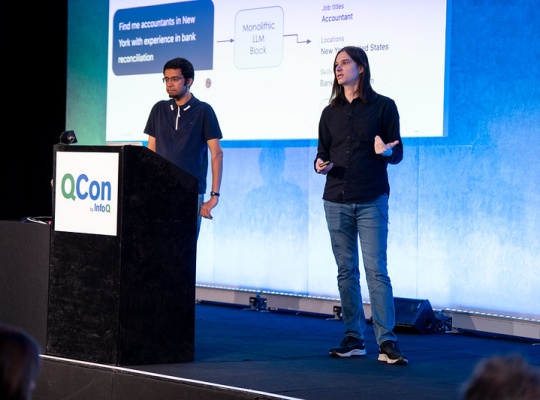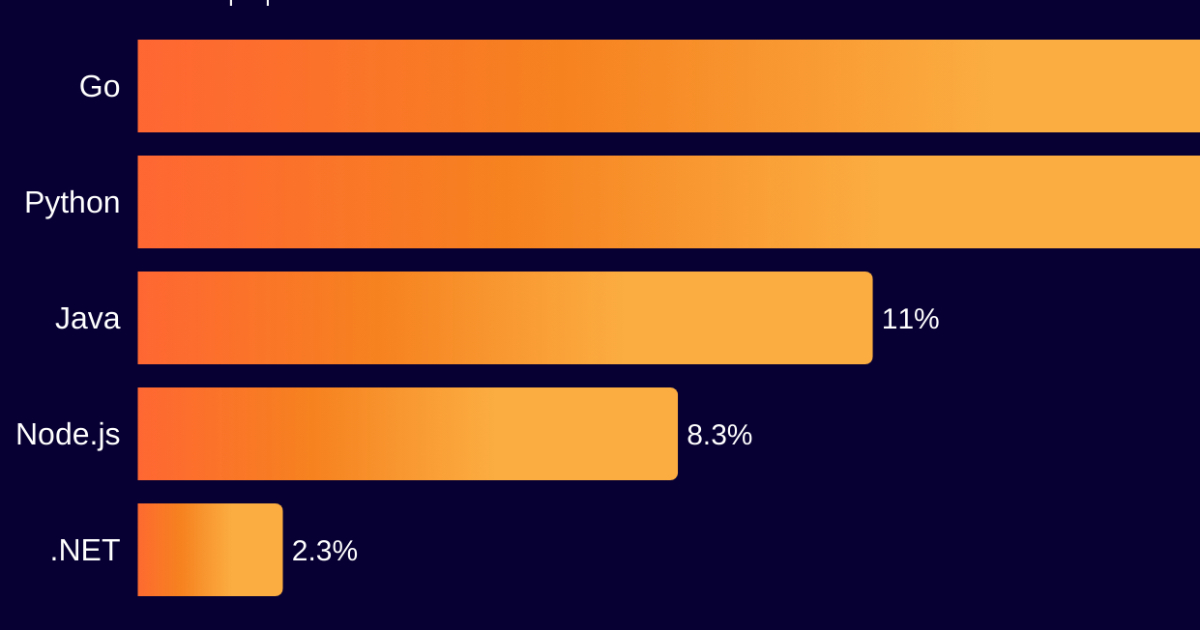Codetown
Codetown ::: a software developer's community
How To Compile Multiple Files Using NetBeans 6.5
I'm new to Java and have been using NetBeans 6.5 as my IDE. I have been learning how to create classes and have come to the point where I must compile two files simultaneously. I fail to understand why I must compile them at the same time and how to accomplish this using NetBeans. The book I'm using is based on Java SE 6 and they use the javac command in their example. I also fail to understand why only one of the two files contains the main method. I assume that file will call the method from the file that doesn't contain the main method.
The simplest example I can I think of is calculating the circumference of a circle. The "calling" program, the one containing the main method, would prompt the user for the radius. The "called" program, the one not containing the main method, would calculate the circumference. Am I on the right track?
Regards,
Mark
Tags:
Replies to This Discussion
Notes
Welcome to Codetown!
 Codetown is a social network. It's got blogs, forums, groups, personal pages and more! You might think of Codetown as a funky camper van with lots of compartments for your stuff and a great multimedia system, too! Best of all, Codetown has room for all of your friends.
Codetown is a social network. It's got blogs, forums, groups, personal pages and more! You might think of Codetown as a funky camper van with lots of compartments for your stuff and a great multimedia system, too! Best of all, Codetown has room for all of your friends.
Created by Michael Levin Dec 18, 2008 at 6:56pm. Last updated by Michael Levin May 4, 2018.
Looking for Jobs or Staff?
Check out the Codetown Jobs group.
InfoQ Reading List
Presentation: Lessons Learned From Building LinkedIn’s First Agent: Hiring Assistant

Karthik Ramgopal and Daniel Hewlett discuss the evolution of AI at LinkedIn, from simple prompt chains to a sophisticated distributed agent platform. They explain the transition to a supervisor-sub-agent model that enables parallel development and modular quality evaluation. and share a blueprint for building resilient, high-scale agentic systems.
By Karthik Ramgopal, Daniel HewlettKubernetes 1.35 Released with In-Place Pod Resize and AI-Optimized Scheduling

The Cloud Native Computing Foundation (CNCF) announced the release of Kubernetes 1.35, named "Timbernetes", emphasizing its focus on mutability and the optimization of high-performance AI/ML workloads.
By Mostafa RadwanReScript 12.0 Released with New Build System

ReScript 12.0 has launched, marking a milestone in modernizing the language with a rewritten build system, improved performance, and enhanced syntax. Key features include modular architecture, dictionary literals, and JSX preserve mode, reinforcing its position as a strong alternative to TypeScript for developers seeking sound typing and rapid compilation. Join the evolution today!
By Daniel CurtisCloudflare Year in Review: AI Bots Crawl Aggressively, Post-Quantum Encryption Hits 50%, Go Doubles

Cloudflare has recently published the sixth edition of its Radar Year in Review. The results reveal 19% yearly growth in global internet traffic, Googlebot dominance, increasing crawl-to-refer ratios, and broad adoption of post-quantum encryption. Over 20% of automated API requests were made by Go-based clients, almost doubling adoption over the previous year.
By Renato LosioArchitectural Lessons From Patreon's Year in Review

In 2025, Patreon’s engineering team expertly balanced feature delivery for 10M+ members with vital infrastructure upgrades. Their Year in Review highlights 12 projects focused on maintenance and evolution, emphasizing resilient migration, data model refactoring, and strategic consistency trade-offs, ultimately redefining backend operations while enhancing system reliability and performance.
By Patrick Farry
© 2025 Created by Michael Levin.
Powered by
![]()